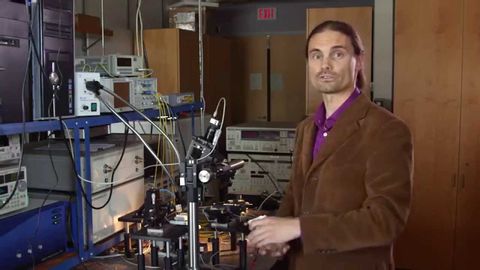シリコンフォトニクス設計・製作|UBCx|ビデオについてのコース (Silicon Photonics Design & Fabrication | UBCx | Course About Video)
alex が 2021 年 01 月 14 日 に投稿  この条件に一致する単語はありません
この条件に一致する単語はありませんUS /ˌɑpɚˈtunɪti, -ˈtju-/
・
UK /ˌɒpə'tju:nətɪ/
- n. (c./u.)機会;好機;仕事の機会;ビジネスチャンス
- n.クリケットで1人走者を出すこと;シングルCD;独身
- adj.一つの;ただ単に;独身の
US /kəmˈplit/
・
UK /kəm'pli:t/
- v.t.完成させる;完成させる
- adj.完了した;完璧な;完全な
- n. (c.)一式
US /pɑrˈtɪsəpənt/
・
UK /pɑ:ˈtɪsɪpənt/
エネルギーを使用
すべての単語を解除
発音・解説・フィルター機能を解除

